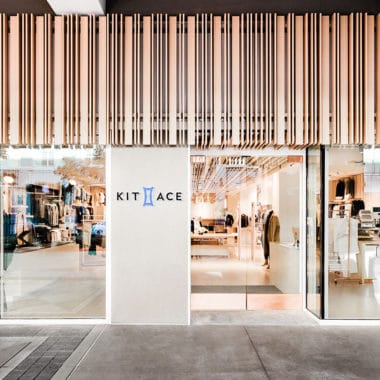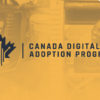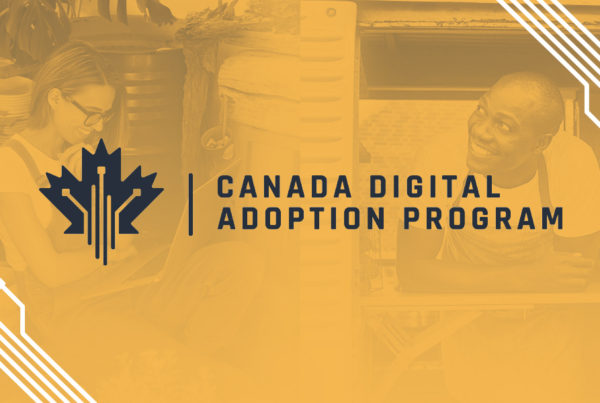Kit and Ace was founded by Shannon and JJ Wilson, in 2014; by 2016, they had grown to 61 stores in 5 countries, employing over 700 people.
Then, seemingly out of nowhere, my social media feed was flooded with news that Kit and Ace had closed all of their stores outside of Canada, laid off all the retail staff from these locations and some head office staff as well. What had gone wrong?
Kit and Ace had access to capital that the typical clothing startup did not. Shannon’s husband and JJ’s father is Chip Wilson, the well-known founder of Lululemon. Although having funding is definitely a good thing, the money fueled an expansion that was too fast and too soon for Kit and Ace.
In an interview held in 2015 with Business in Vancouver, JJ discussed an impending 30 to 50 store expansion across North America, Tokyo, London, Sydney and Melbourne. At the time, it had barely been half a year since Kit and Ace launched their first physical store in Gastown.
“The world is moving insanely fast, and I think that in order for us to become a retail force in the global market, we know we need to move quickly,” said JJ.
Under the impression that they needed to dominate the market before competitors created a similar fabric to their signature technical cashmere, Kit and Ace made the mistake of expanding before having validated their business model. Going from one store to 30 in a year left no time and resources to understanding what their customers wanted from a physical store (or whether they even wanted one). To give a comparable benchmark, Indochino, a Vancouver-based clothing company that makes custom suits for men, began with a series of pop-up stores and has so far opened 13 locations in 11 years.
Kit and Ace’s misunderstanding of the market landscape is also reflected in the types of locations they chose to expand into—they were even in Saskatoon! The typical progression of a retail expansion strategy is to get a foothold in larger cities before expanding into suburbs. Typically, e-commerce data is heavily analyzed to determine where groups of customers are already living. Kit and Ace barely spared any thought to developing the e-commerce side of their business until after they had begun opening physical stores. Sinking large amounts of money into capital intensive physical stores (which require leases, inventory management, redecorating, hiring staff…the list goes on), without having the right data, was a costly mistake.
Other examples of companies that have tried to grow beyond their means without understanding the customer, their competitors or the industry, include the famous dot com era example, Pet.com. Pet.com opened a nationwide network of warehouses right from the get go. When the profits they expected to be making were not achieved, they continued to invest millions into keeping the warehouses, before eventually shutting down the business.
Although Kit and Ace seems to have a similar beginning, their story isn’t over yet. With years of experience amongst the board of directors, some truly high quality fabrics and a renewed focus, Kit and Ace has plenty of potential to resurface, equipped with the lessons learned through this expansion.
The mistakes that Kit and Ace made are well worth a second look to make sure that your organization is avoiding them in your own expansion and growth. If you are concerned that your business may be growing too quickly or if you aren’t certain how to measure your results, Propel Solutions would be happy to do an organizational review and help you identify areas of opportunity or concern!








